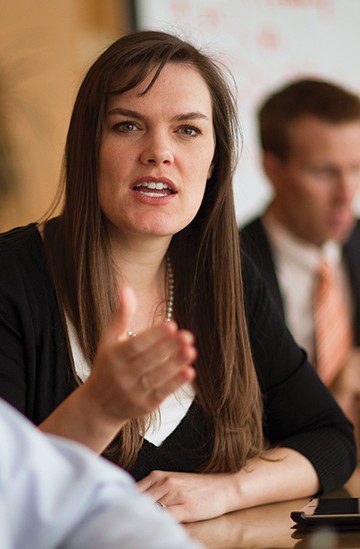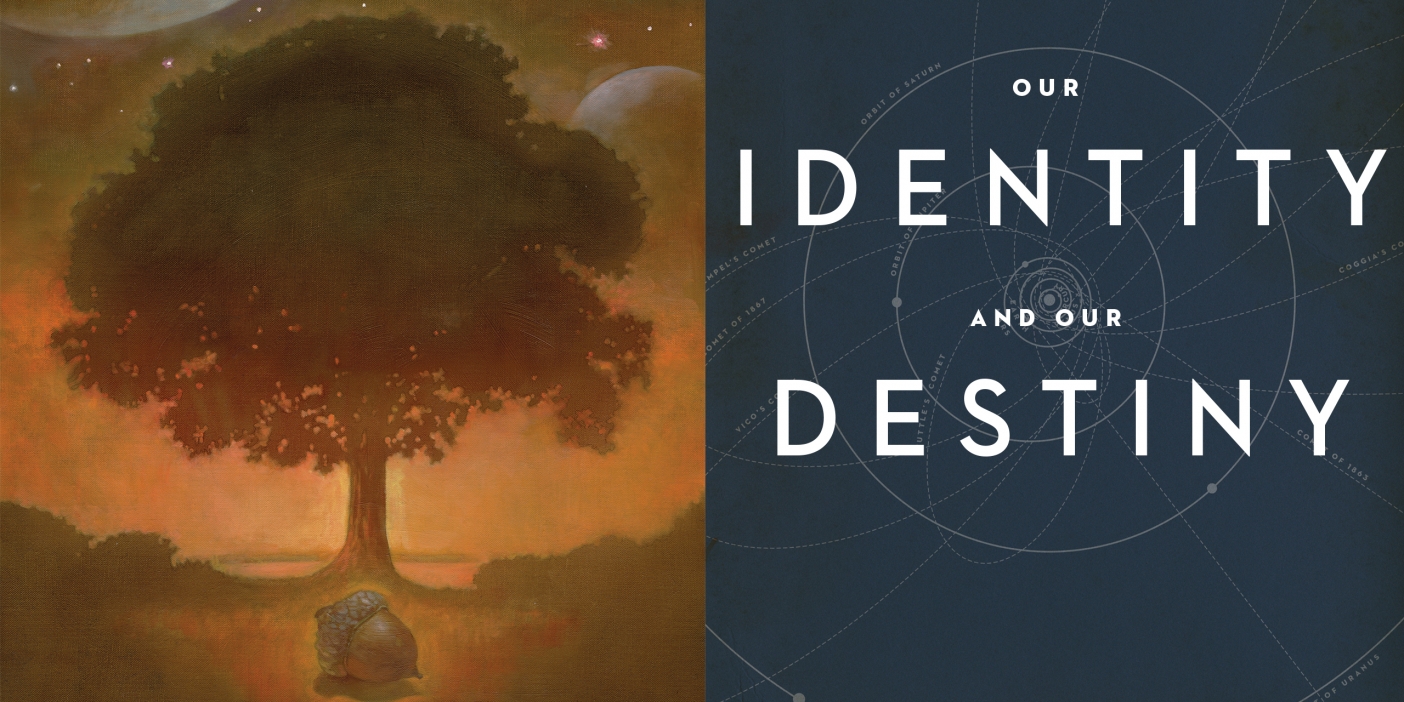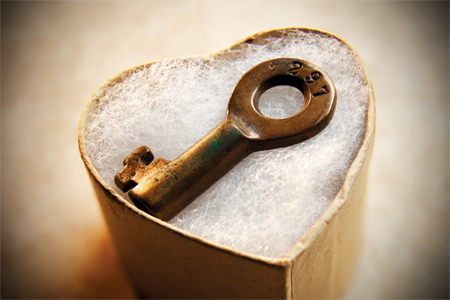It was the first day of school at BYU, and, as is always the case on such days, campus was a veritable beehive. The newly renovated Wilkinson Center emitted a low hum–that cheerful, anxious hum of nervous laughter in not-yet-broken-in freshman friendships, of welcoming guffaws for just-returned missionary companions, of delighted squeals for a recently acquired element of jewelry (theelement of jewelry).
For those of us who–encouraged by our mothers–are still seeking to remedy the nagging nakedness of our left third fingers, such days provide new hope. A fresh crop of prospects has just arrived, the dating blunders of the past year have been forgotten, and the abundant and varied perfumes of the immigrating thousands fill the air.
On that late-August day, as I surveyed the new season’s offerings, I was keenly aware of an unusual addition to BYU’s complement of females. I saw her in the bookstore, not alone yet stunningly conspicuous. Fine blonde hair fell all the way down her back while clear blue eyes shone out from beneath carefully curled bangs. She had an aura that transfixed me. Maybe it was the BYU cheerleading outfit. Or maybe it was the pink box in which she stood, surrounded by a handful of her clones. She was BYU Barbie.
One of the latest in a long line of Barbies, University Barbie has been released by Mattel, and BYU is one of 39 schools to be honored with the plastic goddess. Gazing at the doll in the bookstore (and hoping no one was watching), I was unsure how to take this development. Was this good or bad? Barbie, the icon of America’s collective obsession with appearances, had invaded Provo. But she is, after all, one of the most successful child-entertainment products of all time. I myself spent many happy childhood moments decapitating and dismembering the beloved dolls. Barbie is just a toy. Isn’t she?
“I think it’s stupid,” said Connie Smith, a BYU employee. Connie and two other female employees were the first I approached (doll in hand) in BYU Barbie’s premier public opinion poll. Their responses didn’t offer much hope for Barbie. But the next participants–two single males–were more positive.
I spoke with 17 people that day, logging comments all along the spectrum. In the end Barbie’s approval rating was almost 60 percent. Many were impressed BYU had its own Barbie, counting it as a point of prestige. Others pointed out that her skirt does not conform to BYU’s dress standards (it doesn’t touch the knee). And a few homed in on a larger issue: “That’s portraying an image of what beauty is and what it’s supposed to be,” argued English education major Sarah Stewart, a senior from Provo. I caught Sarah as she was beginning lunch in the Cougareat, and as we chatted about Barbie (with our visual aid adorning the table), we attracted curious glances. Lisa Fraser, a sophomore art major from Centerville, Utah, chimed in from a neighboring table: “I honestly think it’s a harmless plastic doll.”
While some discuss the concept, others are eager to cash in. Two male freshman business majors devouring lunch quickly dissected the marketing possibilities of BYU Barbie and voted a resounding “We like her.” Their companion, Ben Wilkinson, a freshman psychology major from Andover, Minn., said, “She’s got nice legs. I’d date her.”
Which brings us back to the beginning. Is this little doll the cause of my lingering singleness? Am I looking for Barbie in the flesh–a girl who doesn’t exist?
A week after my foray into public opinion polls, I attended a BYU devotional with Bruce Patrick, the magazine’s art director. “My subject today concerns one of the values from the Young Women theme,” said Marilyn Bateman, BYU’s first lady, and she invited all the young women to stand and repeat the theme. Bruce and I watched in awe as, after a few awkward giggles, at least half the audience rose and said together, “We are daughters of our Heavenly Father who loves us, and we love him.” They continued through the rest of the theme, repeating the words they had repeated Sunday after Sunday before they moved on to Relief Society: faith, divine nature, individual worth, knowledge, choice and accountability, good works, integrity.
The contrast between this scene and the blonde doll collecting dust on my office windowsill struck me. One encapsulated worldly ambitions–fame, fortune, glamour. The other represented something deeper–an eternal relationship with a loving Father, a commitment to lofty ideals. One was a plastic replication of the “ideal” woman, a simulation that would someday lose its head and wind up forgotten in a corner of the closet. The other was an abstract set of ideas that would shape the believer into the ideal woman, a woman who can in turn shape others for generations.
BYU Barbie? Aw, she’s just a plastic toy. My ideal is in the Marriott Center, standing and repeating words of faith and devotion. There is beauty.










